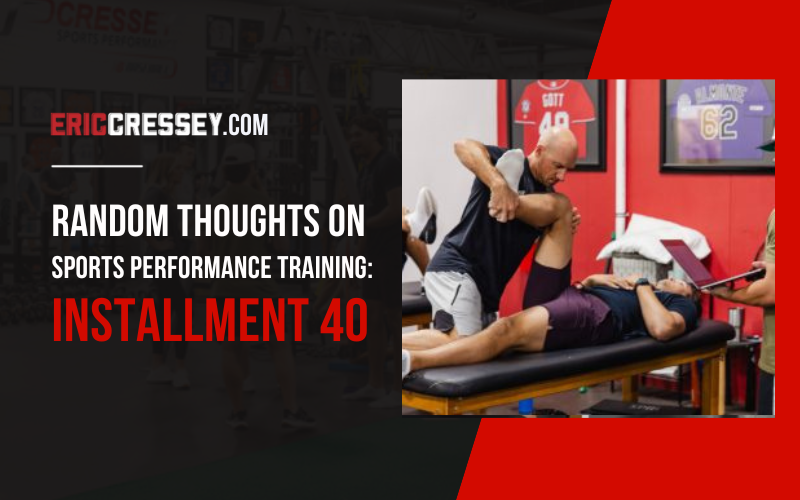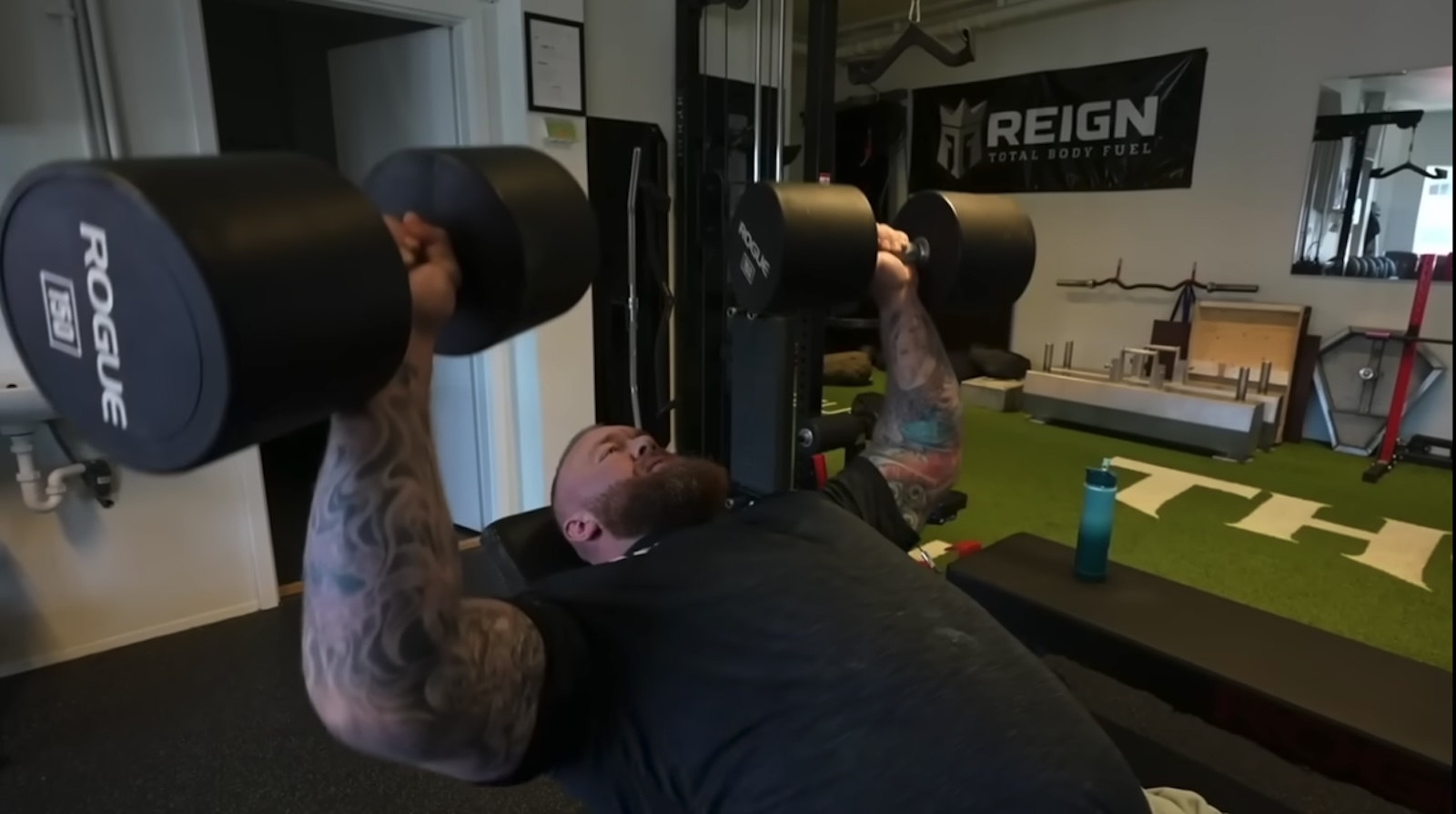When it comes to performing back rehabilitation exercises we’ve all been told to “keep your back straight”. In addition, flexion and rotation of the spine seems to be one of the leading causes of back injuries and is known in the health and fitness industry as a ‘back killer’. So, would anyone ever want to lift with a rounded upper back especially when performing corrective exercises for the back?
Well, I’m probably going to make a tremendous number of health and fitness professionals cringe and shake their heads in disgust but the truth is that a naturally rounded upper back is actually needed for a number of movements that we perform all the time.
Try reaching in the washing machine or dryer for clothes, picking up your keys after dropping them on the floor, swinging a golf club, laying a baby in his/her crib, getting in and out of the car and the list goes on.
In fact, if you participate in recreational sports such as golf, tennis, softball or bowling there are times where a naturally flexed thoracic spine is necessary. If you don’t believe me then the next time a tennis match or golf tournament airs on television watch it and look closely at the positions the body is required to move in.
A tennis player reaching for a shot…
A golfer driving the ball of the tee…
A wrestler grabbing his opponent preparing to hip toss him to the mat….
A bowler approaching the line preparing to release the ball…
These are only some examples.
Have you ever seen a strongman competitor lift an atlas stone? If not, an atlas stone is a giant stone so big you have to bear hug it to lift it.
You can’t even come close to getting your arms completely around the thing either. The heaviest atlas stone in the World’s Strongest Man competition will most likely weigh over 340 lbs. Yet, rounded back and all, these competitors lift those stones off the ground without wrecking their backs.
It’s an amazing feat to watch!
The idea that flexion and rotation of the spine must be avoided during back exercise rehabilitation because it will create shear forces to the intervertebral discs seems to have become commonplace. And, even with all the emphasis on avoiding sudden twisting and turning, injuries are on the rise.
But, a healthy thoracic spine has a natural, slightly kyphotic posture and is built for rotation.
The important thing to realize is that not ALL movements are always dangerous…Using inefficient muscle recruitment patterns and a lack of training multi-planar movements is.
The human body is meant to move in 360 degrees of motion. It is designed to flex, extend, twist and turn, squat and lunge, reach, push, pull and if I forgot anything else then that too…
Just look a baby beginning to walk.
They squat deep (like almost butt to the ground), they get up on one leg then the other (lunge version), they pull themselves up, they do all kinds of stuff and never injure themselves even though they often exert near maximum effort.
The REAL problem with most injuries is rarely the movement but using inefficient muscle recruitment patterns.
Typically, the muscles that are supposed to perform a movement are weak and/or inhibited which leads to compensation by other muscles that aren’t designed to perform that movement and before you know it an injury occurs.
Many sports and everyday movements happen in uncontrolled environments like reaching up high to get something out of the cupboard or running and reaching down to grab your child after she has suddenly sped off or even bracing yourself after slipping to avoid a fall…
We can’t always control EVERY movement that happens in life, but we can prepare our bodies for those movements in order to prevent an injury from happening.
Some excellent corrective exercises that help stabilize the spine in it’s naturally flexed position are:
* Bodyweight Single Leg Squats (with the non-working leg out in front of you)
* Bodyweight Single Leg Reaches (in multiple planes)
* Bent Over Cable Rows
* Multi-planar Lunge & Toe Touches (w/bodyweight or a lightweight dumbbell)
Now, I’m not suggesting you load up heavy weights with a rounded back when performing back rehabilitation exercises as that can definitely cause an injury, but rather using lighter loads with resistance bands, dumbbells, kettlebells, etc… for functional loading of the spine.
And, if you have serious kyphosis of the thoracic spine (i.e. sway-back posture), herniated disc(s) or other conditions then medical referral is necessary before performing back exercise rehabilitation.
However, for most healthy individuals flexion and extension of the spine are not movements that need to be avoided…
…They are movements that occur in sports and everyday life and we owe it to ourselves to make sure we perform corrective exercises that properly prepared us for the same movements we function within.


